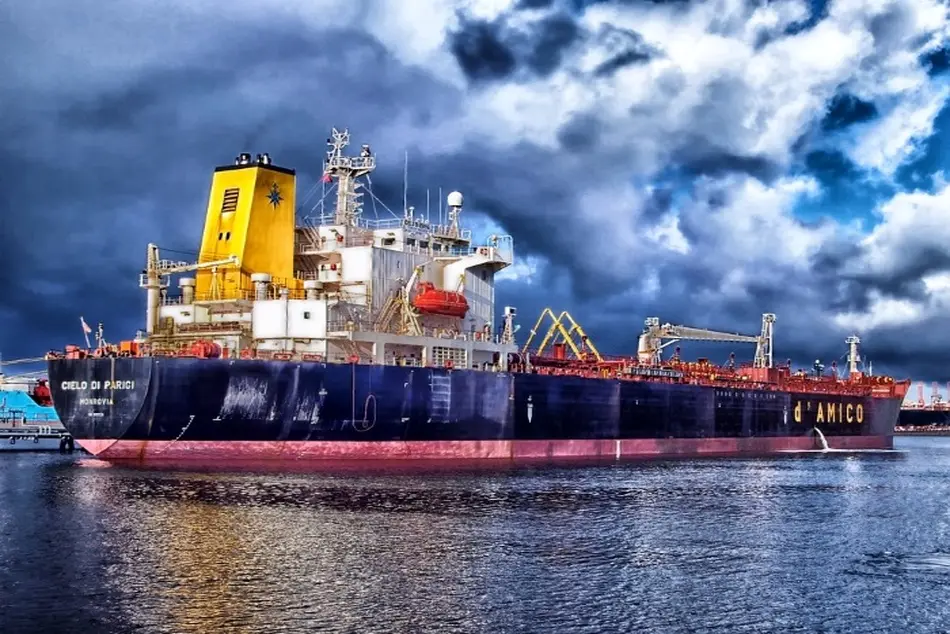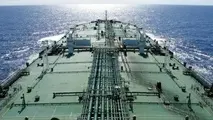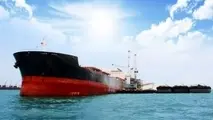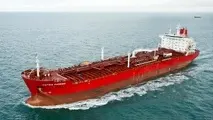Low Orderbook Bodes Well for Future of MR Product Tanker Market says Shipowner

The still historically low orderbook for MR product tankers is boosting the long-term prospects of the product tanker market, said shipowner Capital Product Partners during the past week. According to the company’s market review and outlook after the end of the third quarter, “the product tanker spot market modestly improved in the third quarter of 2017 compared to the previous quarter, although rates remained on average at relatively depressed levels. The improvement was fueled by firm oil demand on the back of robust economic growth in Europe, the US and Asia, as well as high oil product imports into Latin America. The product tanker spot market saw a short-lived increase in oil product movements in the wake of Hurricane Harvey, which led briefly to a significantly tighter Atlantic MR market. The impact was more sustainable east of the Suez Canal, as the reduced availability resulting from vessels being diverted to ship oil products to the United States and Mexico applied upwards pressure on rates. This trend notwithstanding, incremental product tanker demand during the third quarter was mostly offset by high tonnage availability following relatively firm fleet expansion since the beginning of 2017. In addition, high oil product inventories continued to weigh on the product tanker market. However, over the last few months, OECD oil product stocks have been decreasing, which bodes well for product tanker demand in the medium to long run. In the U.S. in particular, gasoline stocks declined in September to their lowest level since November 2015 at approximately 219 million barrels. In the period market, rates remained flat compared to the previous quarter, while activity was dominated by short-term charters of up to one year”, said the shipowner.
Capital Product Partners added that “on the supply side, despite somewhat increased activity in terms of new orders for product tankers in the first nine months of 2017, the orderbook remains at historically low levels. The MR product tanker orderbook currently stands at 7.2%, the lowest level on record. In addition, product tanker deliveries continued to experience significant slippage during the first nine months of 2017, as 33.5% of the expected MR and handy size tanker newbuildings were not delivered on schedule. Analysts estimate that net fleet growth for product tankers will amount to 4.5% in 2017, below the 2016 growth rate of 6.2%. On the demand side, analysts expect growth of 3.7% in 2017 on the back of growing intra-Asian and Middle East-Asia products trade and firm products imports into Latin America”.
Meanwhile, in the Suezmax Tanker Market, “sentiment in the Suezmax spot market was soft during the third quarter of 2017, as rates further retreated compared to the preceding quarter. Rapid fleet growth was a key factor for the weak spot rate environment, as newbuilding vessels continued to enter the market at a high pace. At the same time, demand was seasonally weaker, with crude oil imports to China in particular dropping to an eighth-month low in August. The seasonally soft demand was further exacerbated by the lower crude oil output and exports, as a result of the oil production cut agreement between OPEC and Non-OPEC oil producers. On the positive side, Nigerian and Libyan oil production further recovered in the third quarter, while volumes on long-haul routes from the Atlantic to Asia remained firm, partly offsetting the pressure on Suezmax rates. With spot freight rates at subdued levels during the third quarter, the time charter Suezmax market was marked by low activity and rates”, it said.
According to the company, “on the supply side, the Suezmax orderbook represented, at the end of the third quarter of 2017, approximately 11.0% of the current fleet. Contracting activity continues to be limited, as 12 Suezmax tankers have been ordered since the beginning of the year. Analysts estimate that slippage for the first nine months of 2017 amounted to 15.5% of the expected deliveries. In terms of demand, Suezmaxes are projected to experience solid growth of 7.2% in full year 2017, driven by a significant increase in US exports this year, higher crude volumes from the Atlantic to Asia and strong Chinese crude oil imports. Finally, it is worth highlighting that overall tanker demolition activity has increased with 7.1 million dwt being sold for scrap in the first nine months of 2017 – representing an increase of 5.6 million dwt over the same period last year”.



